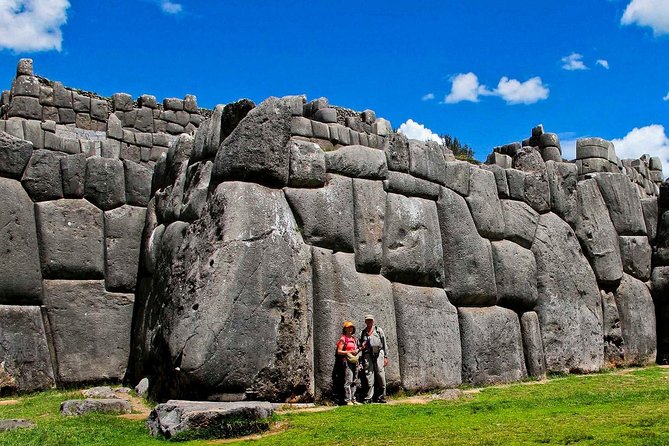How long does it take Venus to revolve around the Sun?
As the second planet out from the Sun, Venus is the easiest planet for us to see from the planet Earth – and because of this, it’s often the most discussed amongst astronomers too. This is by and large down to its brightness, and from its fiery surface to its crazy atmosphere, there are many interesting things about the planet. However, one of the more commonly asked questions about Venus is just how long it takes to fulfil one full orbit around the center of our solar system, the Sun? Well actually, it’s still a pretty long time.
The amount of time it takes for Venus to revolve around the Sun in one full orbit is 224 days. That means that for every full year on Venus, that’s around 0.6 of a full year here on the planet Earth.
But if we compare that to the orbital period on Mercury, then it’s actually almost treble the amount of time for it to complete one full orbit. We know that the planet Venus rotates clockwise around the Sun too, which makes it much different than every other planet in the solar system as it goes in the opposite direction.
This is just one of the facts about Venus worth knowing, and for many people, this may come as quite a shock. Venus is only the second planet out from the Sun, so why does it still take 224 days for it to make one full orbit of the Sun?
The answer is that actually Venus is much closer to us on planet Earth than many folks think it is. Now, obviously this will depend greatly on where the two planets are in their orbit, as they both follow different patterns to one another.
Now, although Venus orbits the Sun in a slightly elliptical fashion, it’s still more circular than most other planets. This means that its average distance from the Sun is around 67 million miles away. In comparison, Earth is a little under 93 million miles away from the Sun – we call this distance an astronomical unit or an AU, which is common terminology for astronomers.
One of the main things that people note about Venus is its strange rotation, which is what we call retrograde motion. The Earth, and most other objects in our solar system, rotate around the Sun in the same direction that they orbit it. If we viewed the Earth orbiting around the Sun from the North Pole, this would be in a counter-clockwise direction.
Now, Venus too moves around the Sun in this counter-clockwise direction. However, it actually rotates in the opposite clockwise direction, which is why its so peculiar in comparison to the rest of the other planets. Venus is not the only planet to do this however, as Uranus is also in retrograde rotation to its orbital direction – though it’s still quite peculiar in comparison to most other objects in the solar system.
So, the distance between the two average is actually not much more than the closest the two planets get to each other, which is 24 million miles apart. Still some distance, but in astronomy terms, we’re basically next door neighbours. However as orbit progresses, Venus can range to more than 160 million miles away from the Earth at certain times of the year.
To sum it up, actually Venus is our closest neighbour here on planet Earth, which is one of the main reasons why it’s so easy for us to spot in the night sky (obviously its brightness is another huge factor in this). And whilst it’s not much closer to the Sun than us, it does have a drastically hotter temperature, making it impossible for humans to live on – but still beautiful for us to look at!
It’s also the hottest planet in the solar system too, with a surface temperature that’s even higher than Mercury. Whilst it’s extremely hot, it does still take time for it to pass around the Sun too.




